Baking soda is a pantry staple for good
reason: it’s a must-have baking ingredient, an effective cleaner and
stain remover, and a medicine cabinet essential. So, it’s hardly
surprising that many people use baking soda as the only cleaner around
the house. But it turns out that even baking soda isn’t universal, and
using it to clean certain surfaces, like wood, marble, and glass, can
damage them. Find out which surfaces should never ever be cleaned by
baking soda and why.
1. Wooden Floors and Furniture
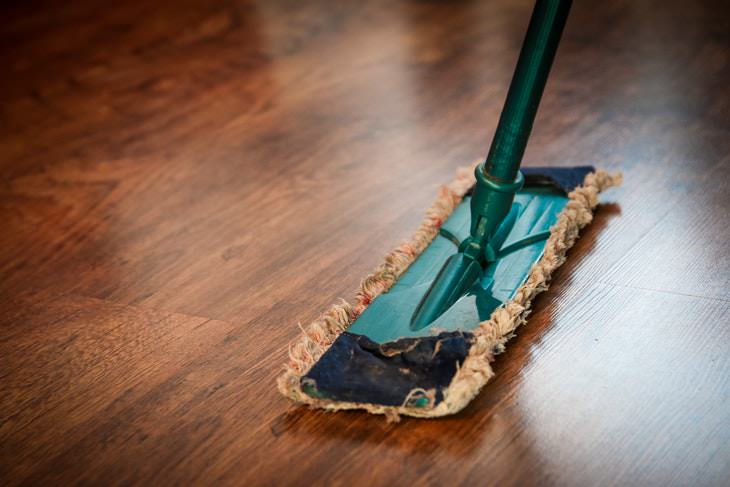

Wooden furniture and wooden floors are
processed with special sealing agents and finish to extend their
longevity, give them a nice shine, and protect them from scratches.
Baking soda consists of granules that can be too harsh and slowly wear
away the finish, which will, unfortunately, end up ruining the furniture
and floor.
Instead of using baking soda, experts
recommend using designated floor detergents for wooden floors. As for
the wooden furniture, diluting a few drops of dish soap in lukewarm
water will do the trick just fine without causing any harm to the
finish.
2. Aluminum Kitchenware
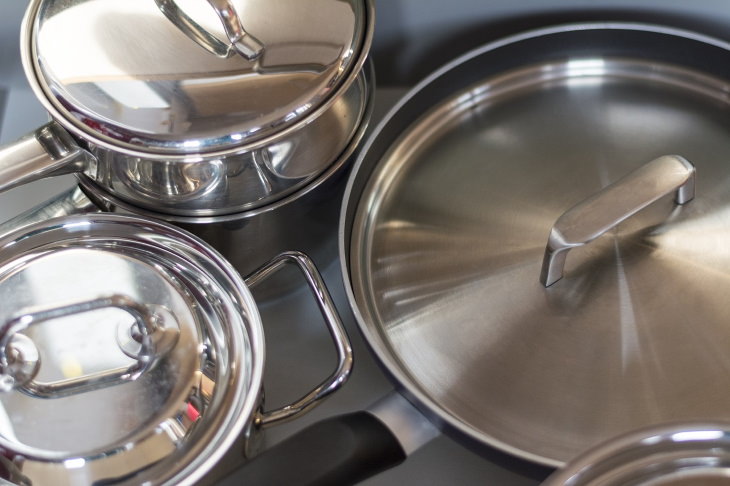

Before you start disagreeing with us,
saying that you've been using baking soda to get rid of stubborn stains
on your aluminum pots and pans, let us specify. It's actually fine if
you give aluminum surfaces a quick scrub with baking soda, but it's not
advised to let the baking soda sit on the surface because long-term
exposure to baking soda can oxidize the surface and cause irreversible
damage.
Even the smallest amount of baking soda residue can stain aluminum
surfaces with brown rusty spots, so make sure you rinse them really well
right after you're done cleaning.
3. Ceramic Stove-tops
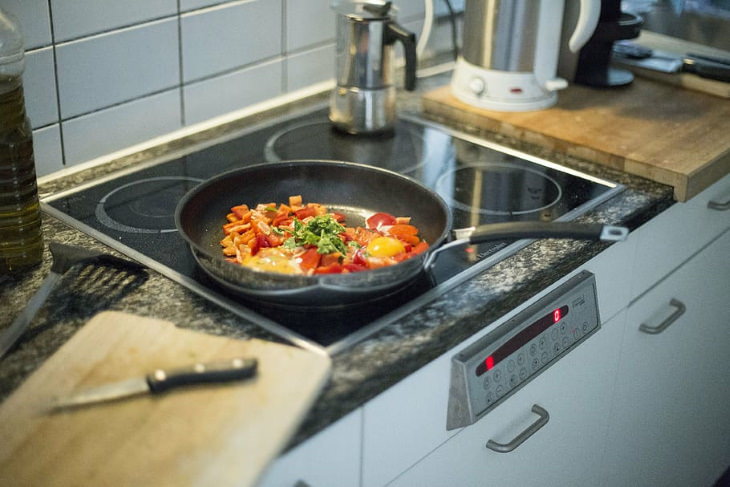

Most stovetops really need a good scrubbing
from time to time, and most of them can also luckily handle baking soda
just fine. The only exception to the rule is ceramic stovetops, which
can be easily scratched by baking soda. In addition to that, baking soda
can also leave an unsightly white film on the surface of the stovetop,
which can be hard to remove. So, it's best to clean it with the same old
dishwashing liquid solution we mentioned earlier.
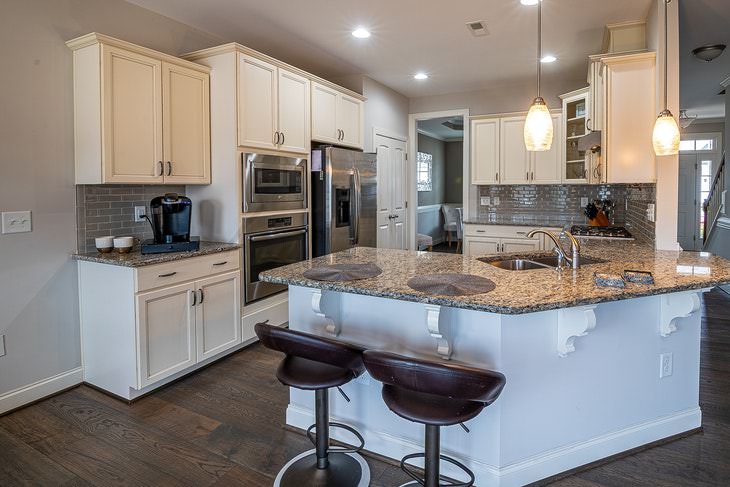
If you did accidentally use baking soda on
the ceramic cooktop and now have to deal with the white film, simply
soak a clean cloth in some vinegar solution and wipe down the stovetop.
This trick will get rid of the white film.
4. Objects with Cracks or Indentations
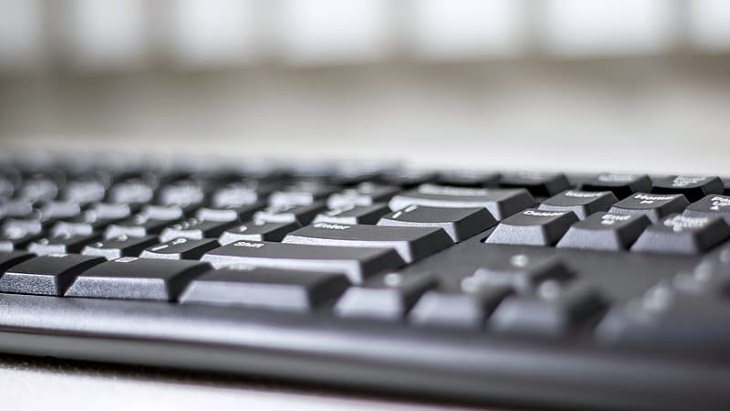

Baking soda consists of tiny little
granules that can get stuck and leave a white, milky residue on
surfaces. Usually, it can easily be removed by wiping down the surface
with a damp piece of cloth or a cloth soaked in a vinegar solution, but
doing so with objects with deep indentations and cracks in them may
prove difficult or even impossible. Over time, the residue will only
continue building up and become even more apparent.
Therefore, it's not advised to clean things like computer keyboards,
wicker or straw furniture and other objects, and things made of
decorative metal, for example, with baking soda.
5. Gold Plated Tableware and Silverware
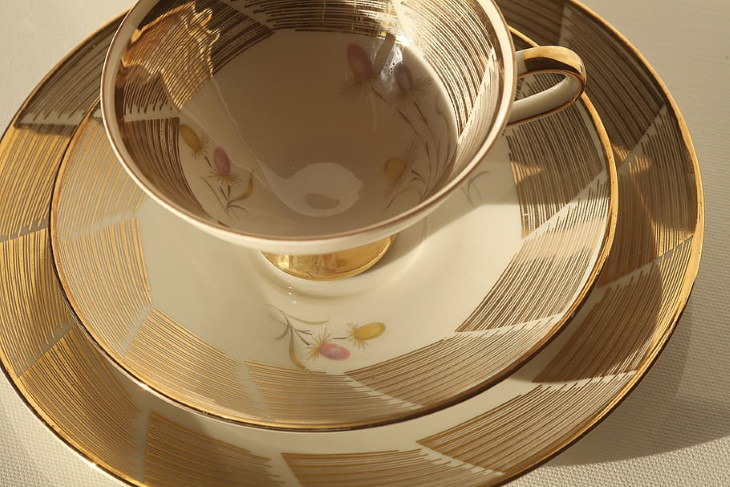

Gold plated cups, tableware, silverware,
and decorative dishes always look impressive and luxurious, but you must
really baby them to preserve the beautiful gold lining. Gold is one of
the softest metals, and using any abrasive cleaners, including baking
soda, is bound to scratch away the beautiful gold lining.
Therefore, it's best to wash the gold-plated tableware and other items
you might have that are lined with gold by hand using a damp microfiber
cloth and dish soap.
6. Marble Surfaces

Marble countertops and furniture are highly
sought after these days, and it's no secret that genuine marble is
super expensive, so it's essential to take good care of it and hopefully
preserve it for years. Cleaning professionals say that one of the most
common marble and quartz maintenance mistakes they see is using baking
soda to clean these surfaces.
They note that marble has an upper
protective coating, which regular cleaning with baking soda can
significantly degrade and eventually scratch the stone. Thus, it's safer
to opt for gentler and non-abrasive cleaners like dishwashing liquid or
vinegar instead.
7. Antique Silverware
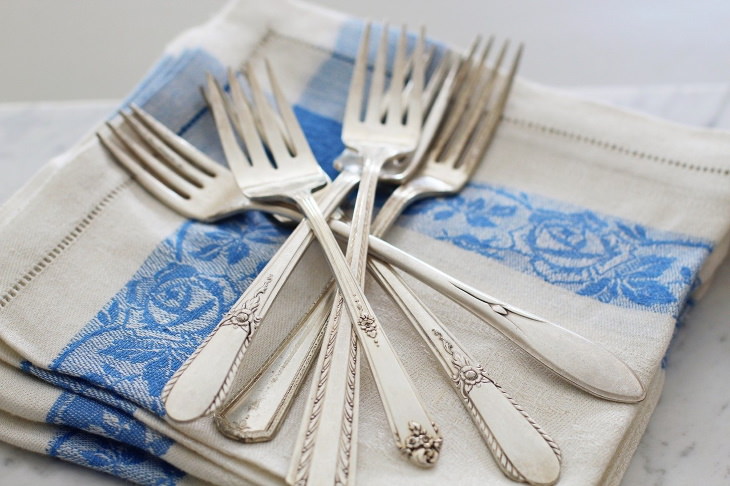

Submerging silverware in a water and baking
soda solution is a common method recommended to remove tarnish, but
there is one problem with this method. Cleaning experts point out that
this mixture can be too abrasive for antique silverware and will degrade
the patina, a natural protective layer that develops over a long time
on the silverware.
This, in turn, will make the priceless vintage silverware to tarnish
even more quickly than it did before. We have an entire article that
lists several safe ways to clean and polish silverware called 8 Silver
Polishing Tricks, which we highly recommend you check out.
8. Glass
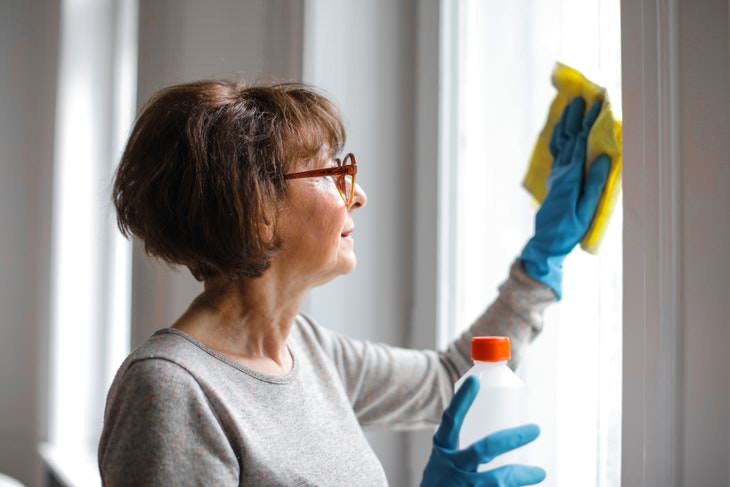
https://GSiyers home remedies.blogspot.com is the latest addition to my blogs.

Like many other surfaces we mentioned
earlier, glass is very susceptible to scratches, so using baking soda to
clean windows, glass tableware, or any mirrored surfaces can end up in a
disaster. Baking soda may also leave a white film over the glass,
ruining its shiny and transparent appearance.
Therefore, it's just safer to stick to commercial cleaners when you're
working with glass or mirrored surfaces. If you'd like to use natural
cleaners, though, try vinegar - it will make your windows spotless and
as shiny as ever.
https://gscrochetdesigns.blogspot.com. one can see my crochet creations
https://cancersupportindia.blogspot.com. feel free to view for easy, simple and health tips
https://kneereplacement-stickclub.blogspot.com. for info on knee replacement
https://cancersupportindia.blogspot.com. feel free to view for easy, simple and health tips
https://kneereplacement-stickclub.blogspot.com. for info on knee replacement
https://GSiyers home remedies.blogspot.com is the latest addition to my blogs.
No comments:
Post a Comment